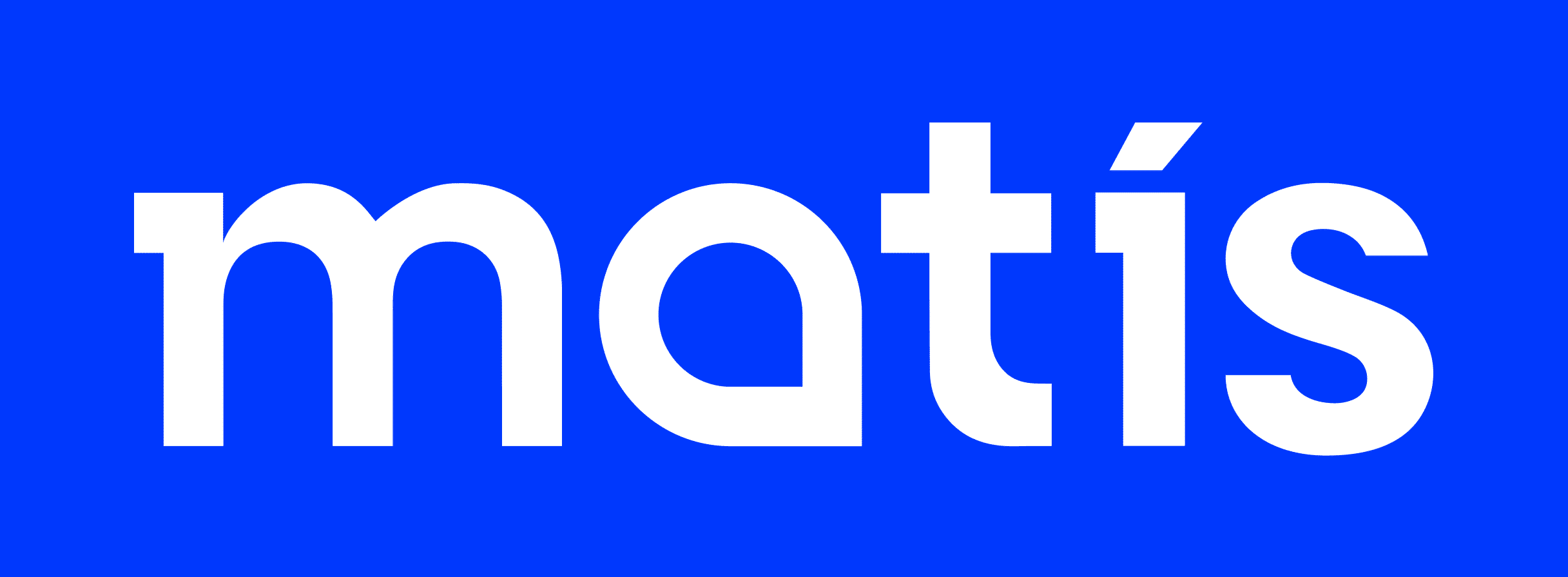The water scarcity footprint (WSF), carbon footprint, and blue and green water footprints accounting of the aquafeed used in land-based and ocean-based Atlantic salmon (Salmo salar) farming in Iceland in the year 2021 were assessed through a cradle-to-processor-gate attributional Life Cycle Assessment (LCA) study. The main research questions were: 1) What aquafeed ingredients are environmental hotspots? 2) How does the country of origin of certain aquafeed ingredients affect their environmental performance? 3) Are there any environmental trade-offs between WSF and the carbon footprint of aquafeed ingredients production? All plant ingredients of the aquafeed for salmon farming in Iceland are sourced from abroad, making the sector vulnerable to disruptions within the supply chain, dependent on other countries’ natural resources, and responsible for the contributions put on the local water resources of producing countries. The major WSF contributors were maize meal (for land-based salmon farming) and wheat gluten (for ocean-based salmon farming), which were largely sourced from China. Rainwater (green water) is the largest source of irrigation for all plant-based aquafeed ingredients, which could potentially be depriving natural ecosystems of rainwater if land is transformed for agriculture. The carbon footprint of the aquafeed for the land-based and ocean-based salmon farming was largely explained by soybean meal sourced from Brazil, due to the high land-use changes. Future efforts to reduce water use and carbon emissions should be focused on sourcing aquafeed ingredients based on their lowest water and carbon footprints, as well as with national food security aspects in mind.

